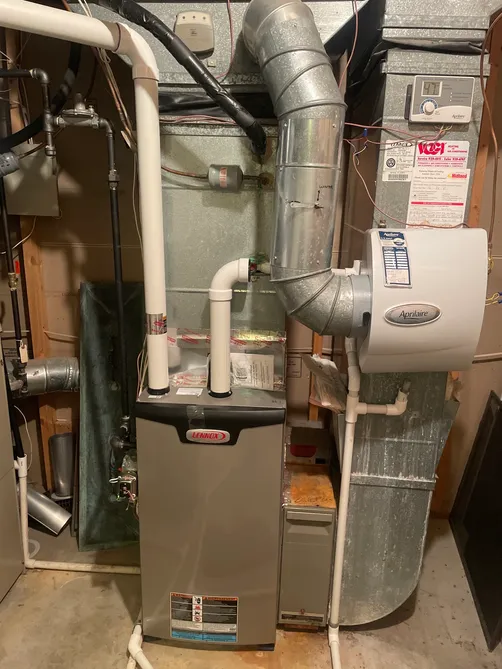The Ultimate Overview to Heating System Installation for a Cozy Home
Furnace setup is an essential element of preserving a comfortable home setting, particularly during the colder months. As you consider these aspects, the question remains: what steps can you take to ensure your furnace offers you well for years to come?
Sorts Of Heaters

Gas furnaces are the most usual choice due to their effectiveness and reduced operational expenses. They use gas or lp, supplying quick home heating and regular efficiency, making them excellent for chillier environments.
Electric heating systems, while usually easier to install and maintain, tend to have greater functional expenses. They are typically preferred in areas where gas solution is unavailable or for homes with existing electric facilities.
Oil heating systems, though less typical today, continue to be a practical option in certain areas. They melt home heating oil, which can be useful throughout chillier months, yet their reliance on oil distribution poses possible challenges.
Furthermore, there are high-efficiency versions readily available across these types, which can considerably reduce energy usage and energy bills - furnace installation. Ultimately, comprehending these furnace types will certainly aid property owners select a system that straightens with their home heating requires, budget plan, and power choices
Selecting the Right Dimension
Choosing the proper size for a heating system is important to making certain optimum efficiency and power performance. An undersized heating system will battle to keep comfy temperature levels throughout the chilly months, resulting in boosted damage, greater power expenses, and potential system failing. Alternatively, an extra-large heater may cycle on and off as well regularly, leading to ineffective heating and unequal temperature level circulation within the home.
To determine the appropriate heating system dimension, an estimation called the Handbook J load computation should be performed. This process evaluates various elements, consisting of the square footage of the home, insulation levels, home window dimensions, and neighborhood climate problems. This thorough analysis guarantees that the furnace meets the specific home heating demands of the area.

Installation Process Review
In terms of materials, you will require ductwork, insulation, and sealing tape to guarantee optimum airflow and power performance - furnace installation. It is also crucial to have a brand-new heater filter on hand, in addition to airing vent products, such as PVC pipeline or metal flue, depending on the sort of furnace being set up
Security equipment, consisting of gloves, goggles, and a face mask, is additionally vital to protect against dirt and particles during installation. Having all these devices and products conveniently available not just simplifies the procedure but likewise enhances the security and effectiveness of the heater installation.
Upkeep Tips for Longevity
To make certain the longevity of your heater, it is important to implement a routine upkeep routine that attends to key parts of the system. Begin by changing or cleaning the air filter every one to three months, as a stopped up filter can limit airflow and lower performance. Furthermore, check and cleanse the blower setting up to stop dirt buildup that can prevent performance.
Next, examine the thermostat setups and alter if required to make sure precise temperature policy. Evaluate the ductwork for leakages or clogs, as over here this can bring about energy more helpful hints loss and irregular home heating. Frequently oil the motor and bearings according to the supplier's suggestions to decrease wear and tear.
Professional inspections ought to happen every year, where a certified technician can assess the furnace's general condition, look for gas leakages, and make sure that safety attributes are functioning properly. Ultimately, think about setting up a programmable thermostat to maximize energy usage and preserve consistent home temperature levels. By taking on these maintenance techniques, you can enhance your heating system's efficiency, expand its lifespan, and ultimately enjoy a cozy and comfy home environment.
Conclusion
